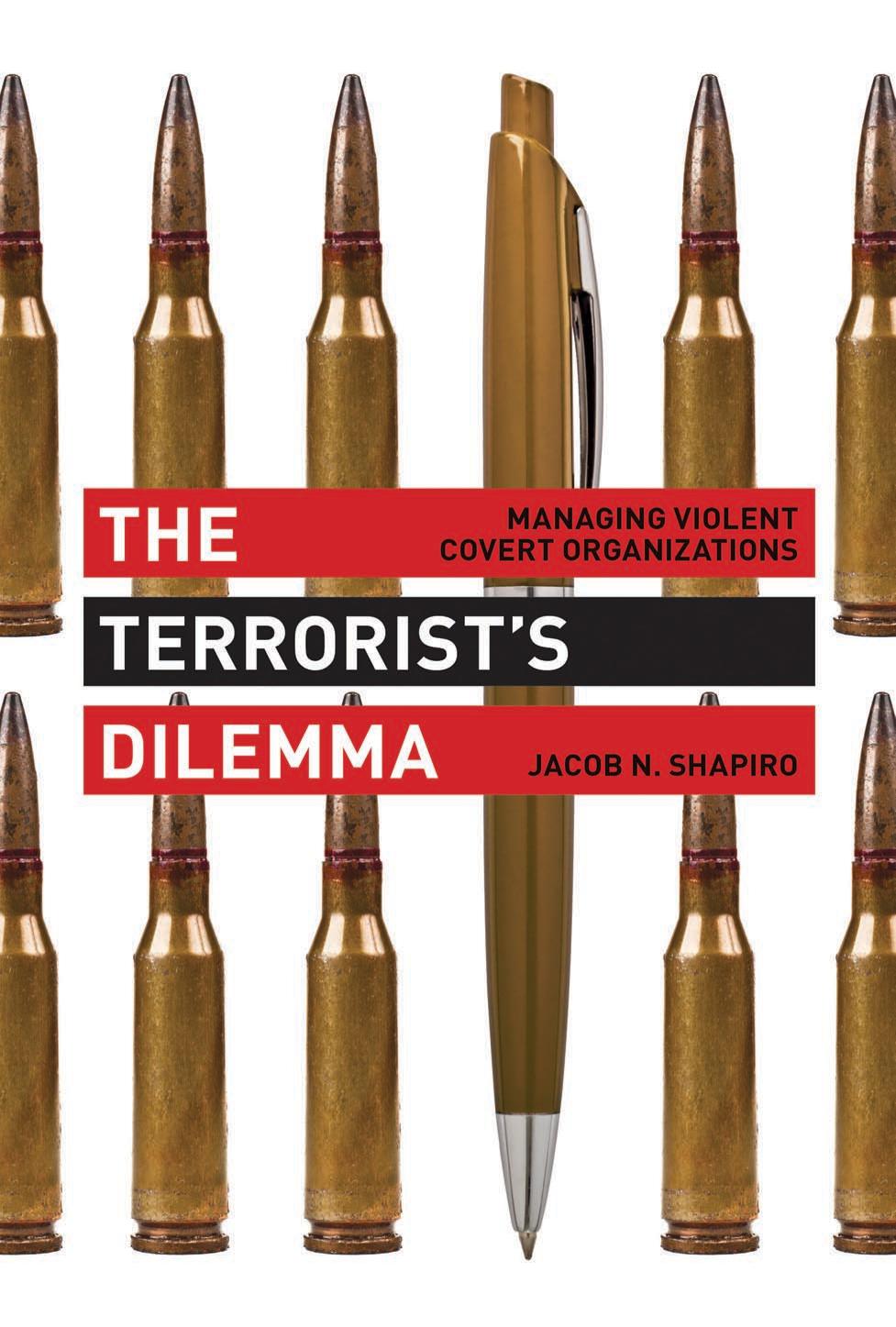The Terrorist's Dilemma: Managing Violent Covert Organizations by Jacob N. Shapiro

Author:Jacob N. Shapiro [Shapiro, Jacob N.]
Language: eng
Format: mobi, pdf
Publisher: Princeton University Press
Published: 2013-08-03T22:00:00+00:00
CHAPTER 7
Discrimination and Control in Ireland
7.1 INTRODUCTION
The Northern Ireland conflict provides an excellent place to further examine how terrorist groups are organized. It is almost certainly the best studied terrorist conflict of the twentieth century. Historians started working closely with prominent participants on all sides of the conflict from almost the first day of the Troubles in August 1969 and continue doing so to this day. The conflict has been one of the longest terrorist struggles in recent history. For almost forty years the country was home to a conflict between two camps of terrorist organizations: Republicans (Catholics) who sought union with the Republic of Ireland or, at a minimum, greater independence from the United Kingdom (UK); and Loyalists (Protestants) who sought to ensure that Northern Ireland remained a part of the UK, or to make sure it did not become part of the Republic of Ireland. During this period the main Republican organization was the Provisional Irish Republican Army (PIRA). On the Loyalist side, there were two prominent organizations—the Ulster Volunteer Force (UVF) and the Ulster Defense Association (UDA).
The rich secondary history of this conflict is complemented by a raft of memoirs written by former fighters and some government agents. Beyond these qualitative accounts, the records of who was attacked by whom and why are so good for the Northern Ireland conflict that we can directly assess how control was exercised, both in terms of the level of care different actors took to avoid killing their own civilians and in terms of how much internal violence existed among combatants on each side. Equally important, the three main terrorist groups in this conflict differed in clear ways in terms of the level of discrimination in the use of violence demanded by their political goals, but were quite comparable on most other dimensions. As we will see in greater detail, the PIRA’s goals required more discrimination than those of the Loyalist paramilitaries. Additionally, the level of discrimination required by the PIRA’s goals increased over time as the group’s leaders placed a greater emphasis on politics and as the Catholic population became less tolerant of civilian casualties. Within the Loyalist side, the UVF placed a greater value on discrimination than the UDA, because its leaders envisioned themselves as a small elite outfit, but also because it became affiliated with a political party much earlier, which created greater incentives to avoid hurting Protestant civilians than the UDA faced.
Outside of these differences in discrimination, the PIRA, UDA, and UVF look quite similar on other dimensions, including preference divergence, uncertainty, and security pressure. All had their origin in the communal violence of 1966–1969. All recruited from similar working-class populations, largely by working through existing social ties. And all three were proscribed, or at least their militant wings were, for most of the conflict. In the early years of the conflict, the PIRA and UVF faced greater security pressure than the UDA, but by the mid-1980s, all faced concerted counterterrorism pressure. There was some difference in the basic quality of their recruits.
Download
The Terrorist's Dilemma: Managing Violent Covert Organizations by Jacob N. Shapiro.pdf
This site does not store any files on its server. We only index and link to content provided by other sites. Please contact the content providers to delete copyright contents if any and email us, we'll remove relevant links or contents immediately.
Bad Blood by John Carreyrou(6274)
Rich Dad Poor Dad by Robert T. Kiyosaki(6174)
Principles: Life and Work by Ray Dalio(5957)
Playing to Win_ How Strategy Really Works by A.G. Lafley & Roger L. Martin(5491)
Management Strategies for the Cloud Revolution: How Cloud Computing Is Transforming Business and Why You Can't Afford to Be Left Behind by Charles Babcock(4438)
The Confidence Code by Katty Kay(4034)
Thinking in Bets by Annie Duke(3995)
American Kingpin by Nick Bilton(3504)
Delivering Happiness by Tony Hsieh(3280)
Project Animal Farm: An Accidental Journey into the Secret World of Farming and the Truth About Our Food by Sonia Faruqi(3015)
The Power of Habit by Charles Duhigg(2964)
Brotopia by Emily Chang(2892)
Mastering Bitcoin: Programming the Open Blockchain by Andreas M. Antonopoulos(2890)
The Tyranny of Metrics by Jerry Z. Muller(2846)
I Live in the Future & Here's How It Works by Nick Bilton(2844)
The Marketing Plan Handbook: Develop Big-Picture Marketing Plans for Pennies on the Dollar by Robert W. Bly(2792)
The Content Trap by Bharat Anand(2778)
Building a StoryBrand by Donald Miller(2754)
Applied Empathy by Michael Ventura(2749)
